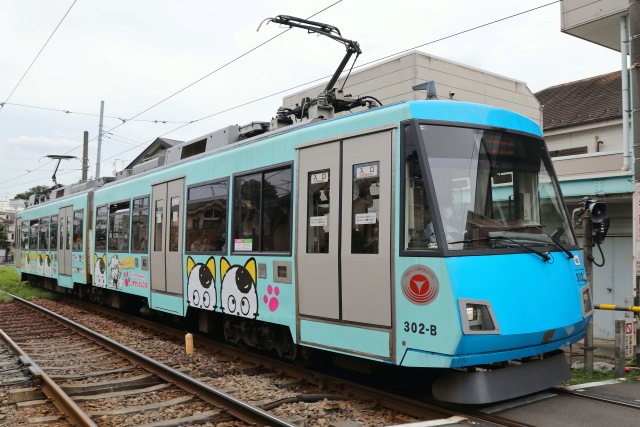In April, 2023, Tokyu Railways launched the 2nd generation SDGs Trains on their five routes, namely Toyoko, Den-en-toshi, Meguro, Shin-Yokohama and Setagaya lines.
Let me quickly review the SDGs Trains to start. The Sustainable Development Goals (SDGs) were adopted by all United Nations Member States in 2015 as a universal call to action to end poverty, protect the planet and ensure that all people enjoy peace and prosperity by 2030. In accordance with SDGs, Tokyu launched the special poster trains named "(the 1st generation) SDGs Trains" on the Toyoko, Setagaya and Den-en-toshi lines from September, 2020. The purpose of the SDGs Trains is to provide a beautiful living environment. These trains were substantially powered by renewable energy.
Tokyu's initiative was not limited to the partial use of renewable energy. The company then started the use of 100% renewable energy for all trains on all lines in April, 2023. In commemoration of this goal achievement, Tokyu launched the 2nd generation SDGs Trains. I'm going to show you two of them today. The new SDGs train on the Toyoko line is set 5075 of the EMU Tokyu 5050 series. This train is directly operated onto the Tokyo Metro, Tobu, Seibu, Sotetsu and Minatomirai lines. On the other hand, set 310 of the EMU 300 series is the new SDGs Train on the Setagaya line. These trains are ornamented with the 17 goal colors of SDGs. The gradation represents co-creation of the goals. The 2nd generation SDGs Trains are also vivid and beautiful.

























